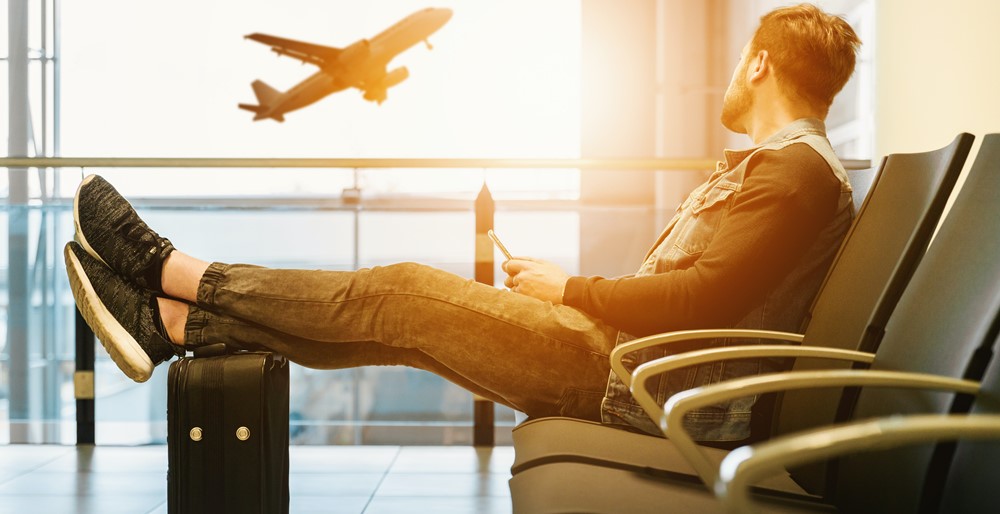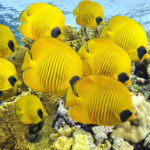How to prevent travel sickness?
Travel sickness is a commonly seen condition. This is a form of physiological dizziness which occurs in normal people when they experience unnatural patterns of motion. This can occur during sea travel, car ride, giant wheel ride, or gliding. Susceptibility to this condition varies among people, some being more prone than others. This condition is also known as kinetosis, seasickness, motion sickness, or space sickness.
Symptoms of travel sickness
Travel sickness manifests with dizziness, cold sweats, headache, nausea, and vomiting. The person may turn pale and feels fatigued completely. Some people may have excessive salivation. Seasickness during sailing may result in abdominal cramps with severe vomiting. One may develop dehydration and electrolyte imbalance.
Reason for the travel sickness
Stimulation of the vestibular system of the brain which is concerned with body position and motion results in sickness. The vestibular system is connected to the vomiting center of the brain, the stimulation of which results in nausea or vomiting. A prolonged stimulation is usually associated with these symptoms. The visual stimulation of motion can also result in motion sickness as it may occur while playing video games or flight simulators. The sickness may develop in a car, ship, train, or bus. A lack of coordination between perception and visualization of motion occurs. This causes visual and vestibular conflict. While on board a ship, one may get relief by coming onto the top deck and focusing on the horizon or approaching land. Sitting in an enclosed cabin makes symptoms worse. Riding a car on the back seat aggravates this condition while sitting in front and looking into the distance is comforting.
Some people are more likely to suffer from travel sickness. Clinical data has shown that patients with migraine are more likely to suffer from travel sickness. It was also found that the occurrence of travel sickness in children may be the first symptom of migraine.
How to prevent travel sickness
It is better to prevent motion sickness. Why it is so important. Because once the symptoms appear, then they become uncontrollable. It subsides only when motion stops. Prevention of visual-vestibular incompatibility as described above helps in the prevention of the symptoms of travel sickness. It is also known that repeated exposure to motion results in habituation and may result in the complete disappearance of occurrence of this condition. One should minimize excessive movements of the head while traveling, by pressing the head against the headrest of the seat. This reduces vestibular stimulation and should focus eyes at a distance.
During air travel, one should sit close to the wings as this part moves least while flying. While on board a ship, one should come to the top deck and fix eyes on the horizon. This may help one feel better as the mismatch of sensory stimuli reduces.
Treatment for travel sickness
There are many drugs available for the treatment of motion sickness. These drugs act by regulating the action of neurotransmitters in the brain like histaminic, cholinergic, and noradrenergic neurotransmitters. They prevent vomiting, block conflicting sensory inputs leading to vestibular-visual mismatch and promote habituation to motion during travel.
Dehydration and electrolyte imbalance during seasickness may require air evacuation and hospitalization. Replacement of fluids is essential to prevent complications. Intravenous fluids are given to correct hydration and blood levels of sodium and potassium. The condition rapidly improves once the traveler is back on the ground.
Travel sickness in very troublesome once it begins. It may affect the life of a frequent traveler like a journalist, business traveler, or people employed on ships and aircraft. If the condition persists, one should take a medical consult. Many people prefer a change in a profession that does not require travel. However, in the majority of people, this sickness is mild and easily treatable.




























